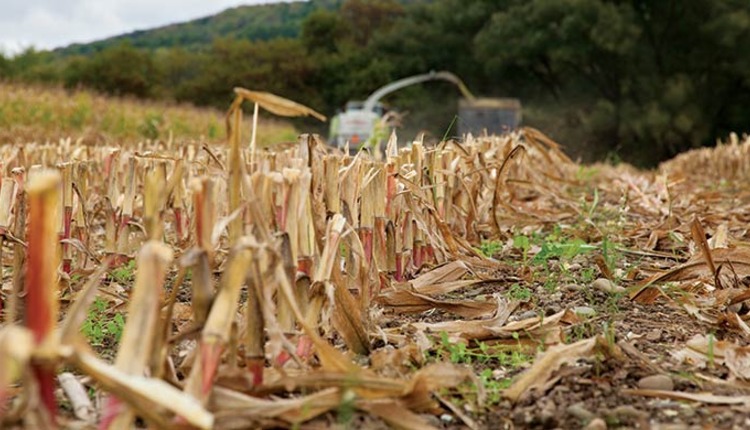
In today’s society, many times we focus on the norm and the average. Think about the number of times you’ve read my or others’ work discussing what “average” forage looks like or how averages have trended from one cutting or crop year to the next. Averages can be meaningful, but in some cases, they can mask opportunities.
Several years back a trusted colleague of mine, Neil Michael, D.V.M., taught me when consulting for a dairy herd and walking cows to worry less about averages and look more for outliers or extremes. For example, counting the number of outlier body condition scores or fecal scores from week to week can be more meaningful than monitoring the average.
In that context, Michael was teaching me to observe extreme cases as indicators of nutrition program opportunities. The topic here is not a transition cow program but rather forage management. We can apply the extreme concept to forage varieties and forage management to find profitable opportunities.
Extreme may make sense
Consider extreme forages as interesting but also case studies as to what is possible. What we think of as extreme forage may actually not be that extreme at all and might make sense for your farm. Extreme forages can often be defined by maximizing energy content per ton of feed. Improving milk or meat gain per ton of forage usually comes by way of lessening fiber content in forage and also maximizing fiber and starch digestibility.
Fiber is always the least desirable nutrient within feeds, and less fiber equates to more energy per ton. Fiber is less desirable because the digestibility per pound is roughly half that of starch or protein. With corn silage, there are a number of management and genetic options to minimize fiber’s impact on energy value.
In the August 2016 Hay & Forage Grower, I authored an article “Taking corn silage to new heights” and discussed how fiber content could be lowered by chopping corn higher off the ground. This has been a sound management strategy where forage inventory allows leaving some yield and stalk (or stover) out in the field.
The high-cut theory centered on a modest decline in fiber content and gain in digestibility. However, some have taken high cutting to extreme heights (24 inches off the ground), thus yielding an extreme forage that blurs the line between corn silage and snaplage. This extreme corn silage ends up being 40 to 45 percent starch, whereas snaplage is typically 50 to 55 percent. There is not much difference between the two feeds at these starch levels.
Could this extreme silage make nutritional and economic sense? For the sake of the discussion here, let’s call this extreme forage “high-starch corn silage.”
Remember, the more starch (grain), the more energy per pound. So, in this sense, high-starch silage brings more energy to the diet. Beyond the added grain, cutting higher off the ground can bring more energy per ton via the fiber.
The stalk is less digestible in the region closer to the roots because the plant is anchored via a strong root structure and must lignify to hold the plant upright. Much like a flagpole, the base of the plant must be strong to support the upper mass. Thus, cutting the plant further from the ground leaves less digestible (woody) stalk in the field and means the fiber that’s harvested is more digestible per pound.
A case study
So, what can this all mean for dairy or feedlot performance? With one recent example in the Midwest, a several thousand-cow dairy farm combined top- notch seed genetics and fertility with a great growing season and aggressive high cutting to harvest 44 percent starch corn silage. When feeding the resulting silage, the dairy was able to pull nearly all of their corn grain out of the diet (8 pounds per cow), drastically boost the forage ratio, and maintain 25 percent diet starch with adequate fiber for rumen function.
The dairy and nutritionist managed the diet accordingly and cows continued to produce 85 pounds of milk per cow while maintaining herd health. The extreme forage had a substantial economic impact for this farm.
Reflecting back on how my friend taught me to look for outlier observations, work with your seed or crop consultants and harvest crew to find extreme silage options for your farm. Check starch to fiber ratios at harvest and monitor fields, fertility, and management impact on silage energy value.
When options are identified, consider if extreme corn silage is not so extreme after all and may make sense for your farm. In conjunction with the harvest team, discuss what impact high-starch corn silage might have on your dairy or feedlot diets with your consulting team and nutritionist to project if this feed could add to your bottom line.
This article appeared in the January 2018 issue of Hay & Forage Grower on page 11.
Not a subscriber? Click to get the print magazine

